The three most well-known fuzz pedals in the world are the Fuzz Face, Big Muff, and Tone Bender, and while there are many Fuzz Face and Big Muff clones on the market, there are very few Tone Bender clone fuzz pedals.
The reason for this may be that germanium transistors are not in stable supply, and many manufacturers of Tone Bender clones are so-called ‘boutique’ pedal manufacturers. Germanium transistors themselves are still available if you look for them, but their performance varies widely, so you need to be selective about what you need.
When BOSS released their limited edition TB-2W a few years ago in only 3,000 units, it sold out in the blink of an eye and is now a highly rare item with a price tag of over 100,000 yen (I wish I had bought one!).
Warm Audio has released a new pedal that will give a new dimension to the Tone Bender type fuzz pedal.
I had been curious about this pedal because I had inspected it when it first came in and knew it had a good feel. I had made a clone of the Fuzz Face and played with it myself, but I didn’t know a lot about the Tone Bender. Then one day, the staff member in charge of the effects pedals suddenly said to me, “As a distributor for Warm Audio, we are making a video for the Warm Bender, so play something in the video!” Just the other day, the video was released so I would like to write about my impressions of it.
The first thing I liked was how the Warm Bender looked.
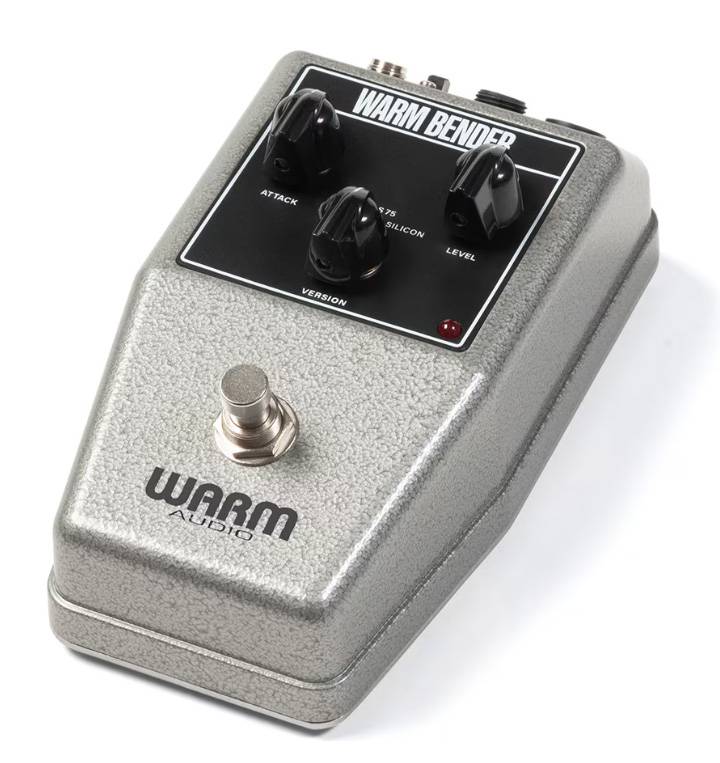
Despite its classic appearance, its size is smaller than the original Tone Bender, making it easy to fit on a pedal board.
Let’s take a look at each mode of transistor switching.
- NOS76
- This mode has the least amount of distortion. I found it easy to control the gain with the guitar’s volume control and demonstrated this in the video. I thought it sounded similar to the Fuzz Face one, but the thick bass and coarse midrange are typical of the Bender style.
- NOS76+SAG
- One of the features of Warm Bender is that it has this SAG control. By lowering the power supply voltage, it emulates the unique compression when the batteries run low and changes the bite and breakup of the sound when played.
You can hear in the video that it has a coarse sound. - NOS75
- The fat distortion makes you want to play the hard rock of yesteryear.
Tone Bender MK2 reminds me of Jimmy Page. I don’t know which fuzz pedal he uses in the riff of the song I played in the video (I am not a fanatic, so I don’t know much about it), but when I listen to Led Zeppelin live recordings, the sound is different every time, so he must be using it sometimes! (I don’t know) I think that this is the easiest to handle because it is moderately smooth. - NOS75+SAG
- This is my personal favorite mode because it is both smooth and has a good bite to the picking.
The distortion control is not GAIN or FUZZ, but ATTACK. As if to embody this, not only does it change the amount of distortion, but the higher it’s turned up, the harsher the sound becomes. - SILICON
- It has a modern feel, but it’s definitely a fuzz sound. It’s not a distortion that is close to a fuzz sound, but rather a fuzz sound that is close to distortion. I played a Van Halen riff and if you listen closely, the early Van Halen’s so-called ‘brown sound’ has nuances that are somewhat fuzzy. The brown sound distortion is achieved by lowering the voltage of a fully cranked Marshall 1959 and blending with a muddied distortion, resulting in that specific sound. There are many brown sound distortion pedals that distort cleanly, but I personally disagree.
However, the sound type can be different with a fuzz pedal, but I played this riff anyway without thinking because I felt the nuance of the sound of this mode was close. - SILICON+SAG
- In SAG mode, the sound changes the most. The sound is very hard to play as it bites and snaps on the picking. But don’t worry, it’s not broken!
It sounds cheap both in a good and bad way, making you want to say, “Yes, this is exactly what FUZZ is like!” And, it has nuances like the Maestro FZ-1, which is also known as the original fuzz pedal.
The characteristics of the fuzz effect make it a pedal that people either love or hate.
It may be confusing for fuzz beginners because you have to firmly pick and play with a lot of effort in order to get a good sound, but when you learn to use it, your next level in guitar playing will be revealed.
Another appeal of the fuzz pedal is its sound when used as a booster for old Marshalls. Using it together with an overdrive pedal instead of using it as a stand-alone distortion pedal gives you a unique sound making experience.
The Warm Bender is packed with the excellence of a fuzz pedal that heavy metal players will surely despise the most.
If you are fascinated by the charm of the fuzz pedal, this is one you should definitely pick up.





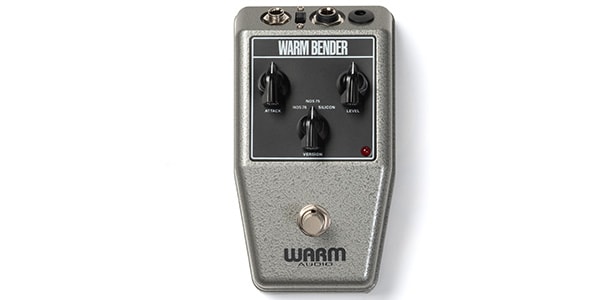


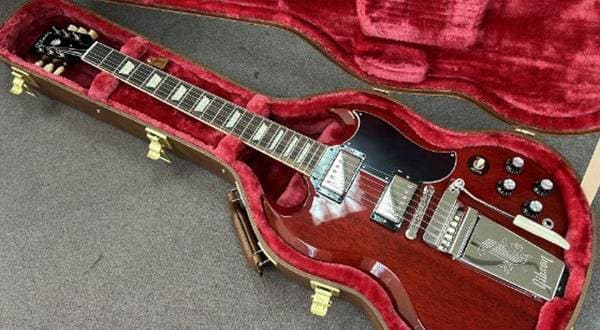
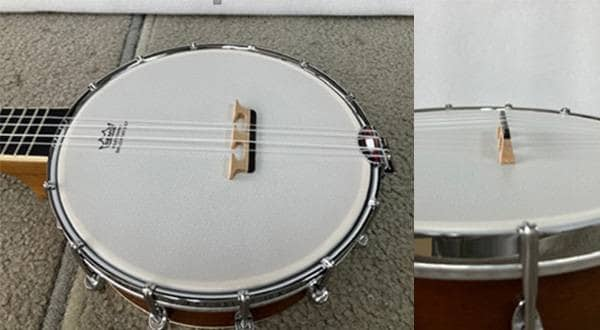
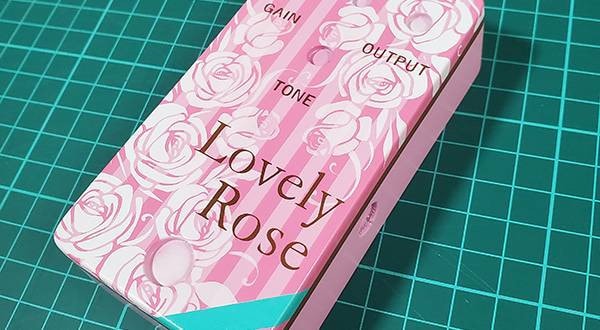
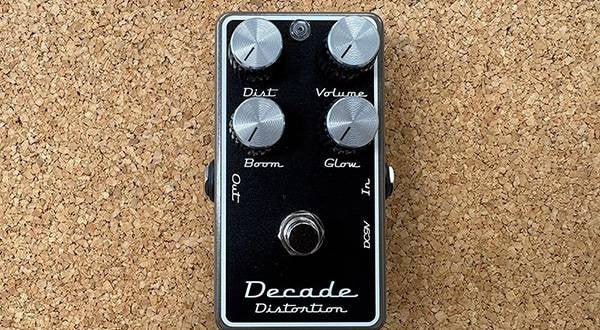
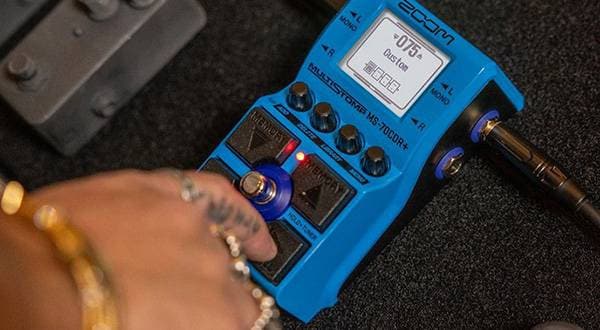
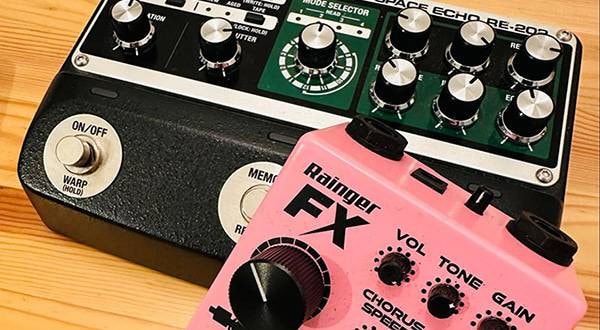
![[2025 Edition] Top 5 Recommended Fuzz Pedals!!](/contents/uploads/thumbs/2/2023/12/20231204_2_24801_1.jpg)
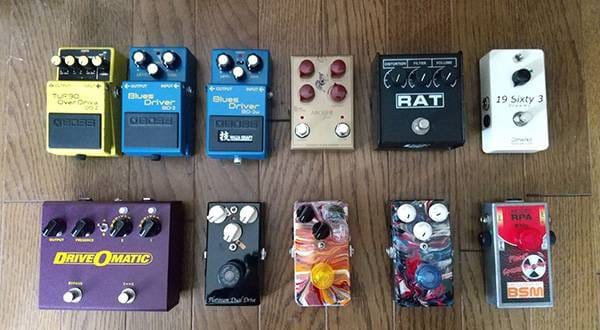
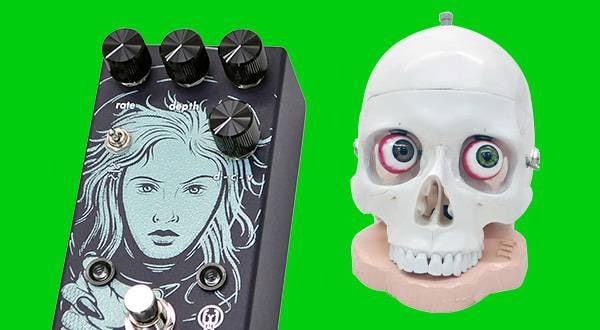
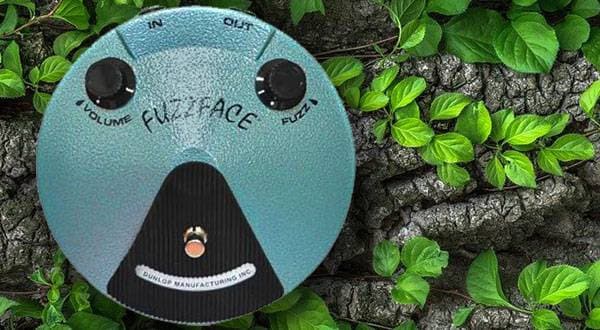
 WARM AUDIOとは
WARM AUDIOとは
 【初心者向け】エフェクター講座
【初心者向け】エフェクター講座
 あなたのエフェクターボード見せてください
あなたのエフェクターボード見せてください
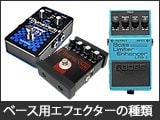 ベース用エフェクターの種類
ベース用エフェクターの種類
 エフェクターのつなぎ方
エフェクターのつなぎ方
 エフェクターの種類
エフェクターの種類















